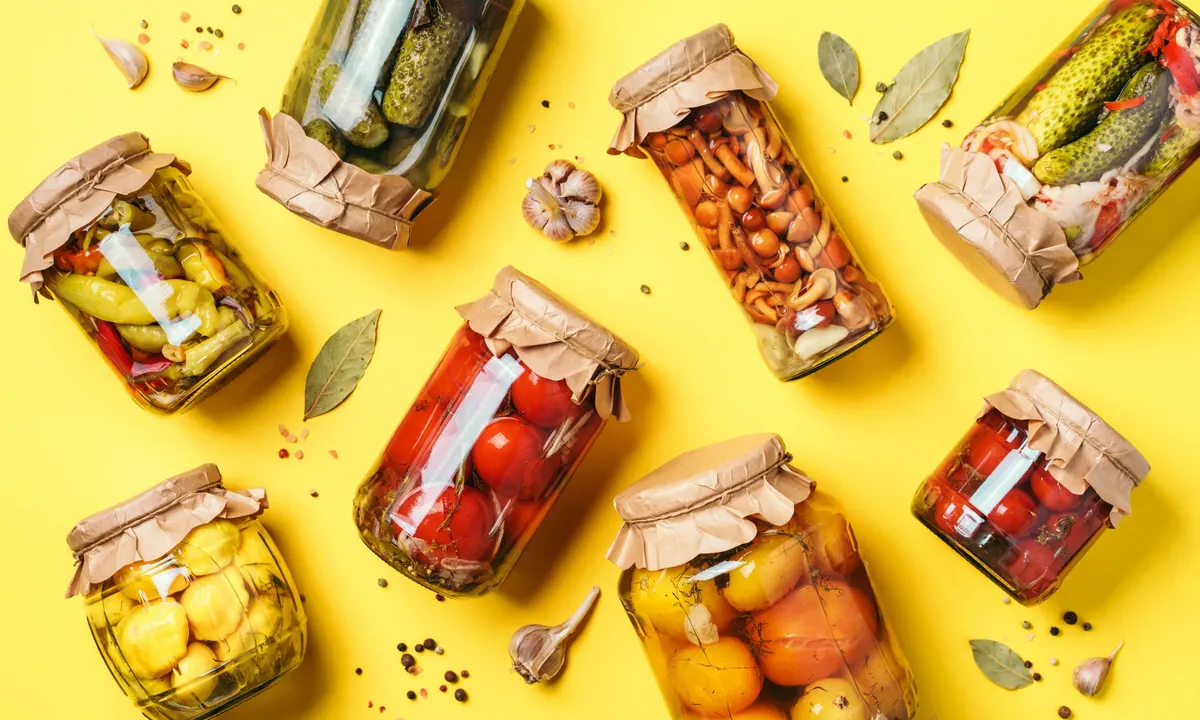Dive into the world of pickling and preserving with our DIY guide. Learn the art of capturing seasonal produce at its peak, creating tangy delights that add zest to your meals year-round.
Dive into the world of pickling and preserving with our DIY guide
In today’s fast-paced world, where convenience often trumps quality, there is something truly special about preserving and pickling your own fruits and vegetables. Not only does it allow you to savor the flavors of seasonal produce long after they have disappeared from the shelves, but it also gives you complete control over the ingredients and flavors you want to explore.
Pickling and preserving are great ways to enjoy fresh, seasonal produce all year round. Whether you’re a beginner or a seasoned pro, this guide will teach you everything you need to know to get started.
What is pickling?
Pickling is a method of preserving food by submerging it in a solution of vinegar, water, salt, and spices. This solution creates an acidic environment that inhibits the growth of bacteria, preventing the food from spoiling.
There are two main types of pickling:
- Fermented pickling: This type of pickling uses a natural fermentation process to create the acidic environment. This process takes longer than other methods of pickling, but it results in pickles with a more complex flavor.
- Quick pickling: This type of pickling uses vinegar and salt to create the acidic environment. This method is faster than fermented pickling, but the pickles will have a milder flavor.
What can you pickle?
You can pickle almost any type of food, but some of the most popular pickled items include:
- Vegetables: Cucumbers, onions, carrots, cauliflower, peppers, and okra are all popular pickled vegetables.
- Fruits: Pickled fruits, such as watermelon rind, peaches, and rhubarb, are a delicious way to enjoy fresh fruit out of season.
- Meat: Pickled meat, such as corned beef and pickled pigs feet, are popular in some cultures.
- Eggs: Pickled eggs are a classic bar snack.
How to pickle food at home
Pickling at home is a relatively simple process. Here are the basic steps involved:
- Choose the food you want to pickle.
- Prepare the food by washing it and cutting it into desired pieces.
- Make the pickling brine by combining vinegar, water, salt, and spices.
- Pack the food into clean jars.
- Pour the pickling brine over the food, making sure it is completely submerged.
- Seal the jars and refrigerate or process in a water bath canner (for fermented pickles).
Tips for pickling
- Use high-quality ingredients. The quality of the ingredients you use will have a big impact on the flavor of your pickles.
- Use fresh, ripe fruit and vegetables. Pickled produce will only be as good as the produce you start with.
- Be sure to clean the jars and lids thoroughly before using them. This will help prevent contamination.
- Experiment with different flavors. There are endless possibilities when it comes to pickling flavors. Try different types of vinegar, spices, and herbs to find your favorite combination.
Where to store your pickles
Once your pickles are finished, you can store them in the refrigerator for up to 3 months. For longer storage, you can process them in a water bath canner.
Enjoy your pickles!
Pickles are a delicious and versatile way to add flavor to your meals. They can be enjoyed on their own, or used in sandwiches, salads, and other dishes. So get creative and start pickling today!
Here are some additional tips for pickling and preserving food at home:
- Use sterilized jars and lids to prevent contamination.
- Follow the recipe instructions carefully, especially the processing times for water bath canning.
- Store your pickles in a cool, dark place.
- Inspect your pickles regularly for signs of spoilage.
With a little practice, you’ll be pickling and preserving like a pro in no time!
The length of time you let your pickles ferment will depend on personal preference. Some people enjoy the tanginess that develops after just a few days, while others prefer to wait a few weeks for a more intense flavor. Regardless of your choice, be sure to taste test along the way to determine the perfect balance for your palate.
Preserving and pickling is not limited to just vegetables. Fruits can also be transformed into delectable treats that can be enjoyed all year round. From spiced apple preserves to tangy lemon curd, these sweet preserves can elevate your breakfast toast or add a burst of flavor to a cheese platter.
So why not embark on a journey into the world of pickling and preserving? With our DIY guide, you can capture the essence of seasonal produce at its peak and create tangy delights that add zest to your meals year-round. Whether you’re a beginner or an experienced home cook, there is no better time to start experimenting with pickling and preserving. So roll up your sleeves, gather your ingredients, and let your creativity flow. Happy pickling!

